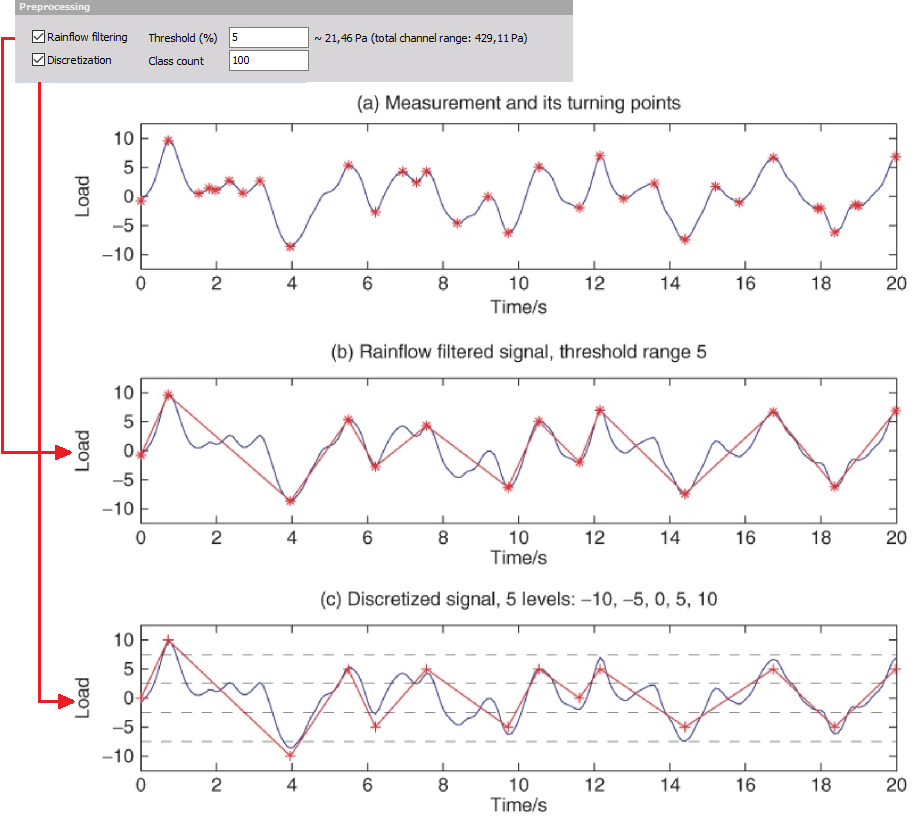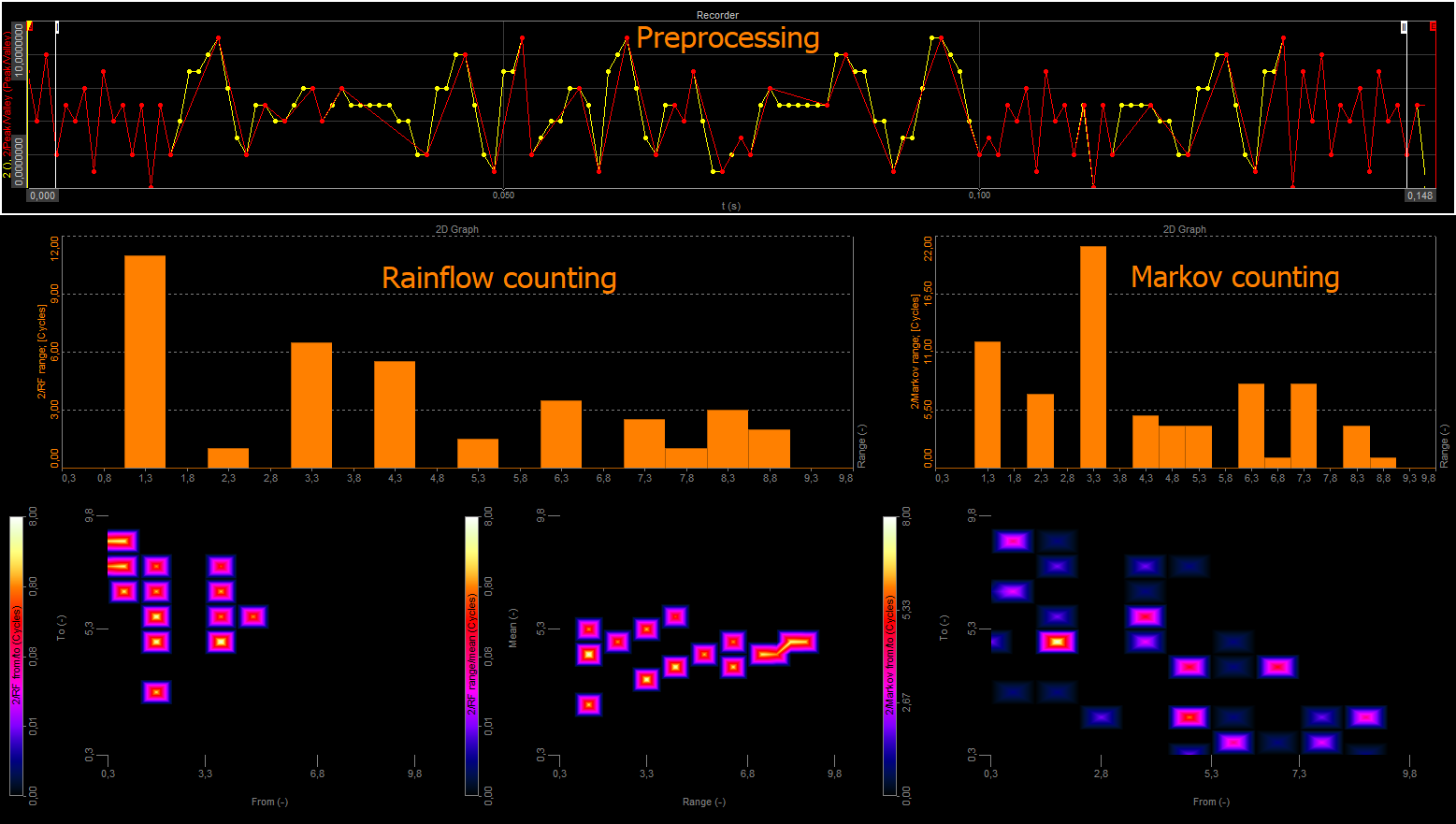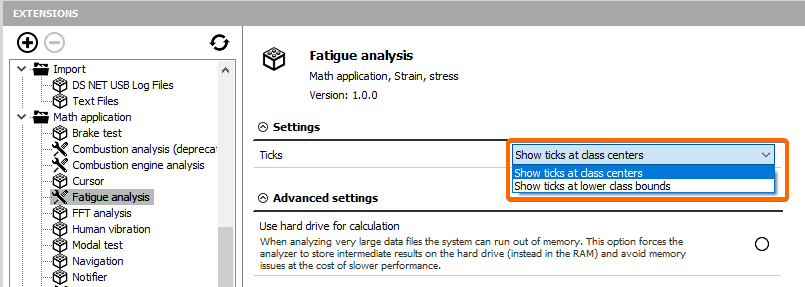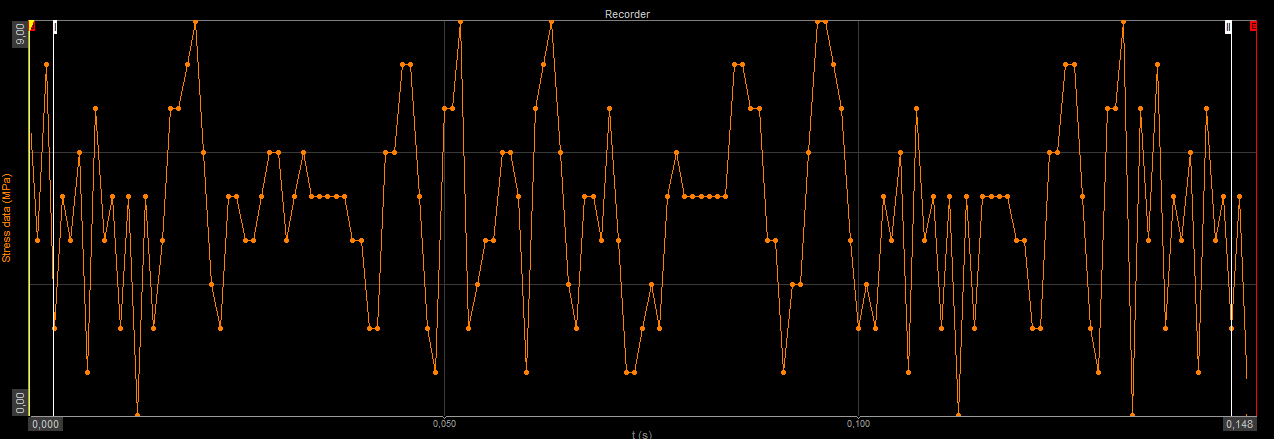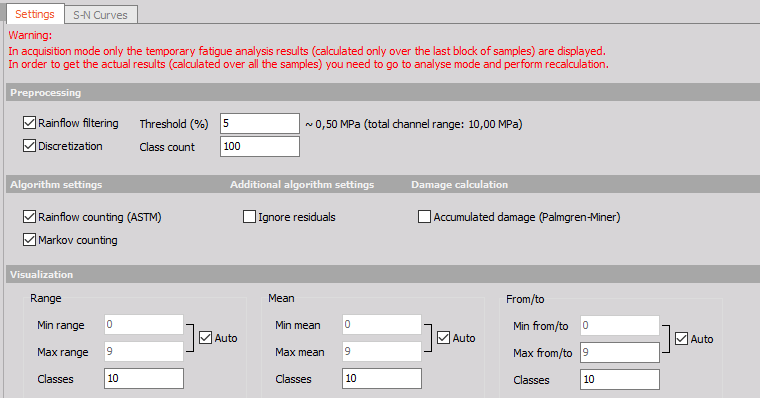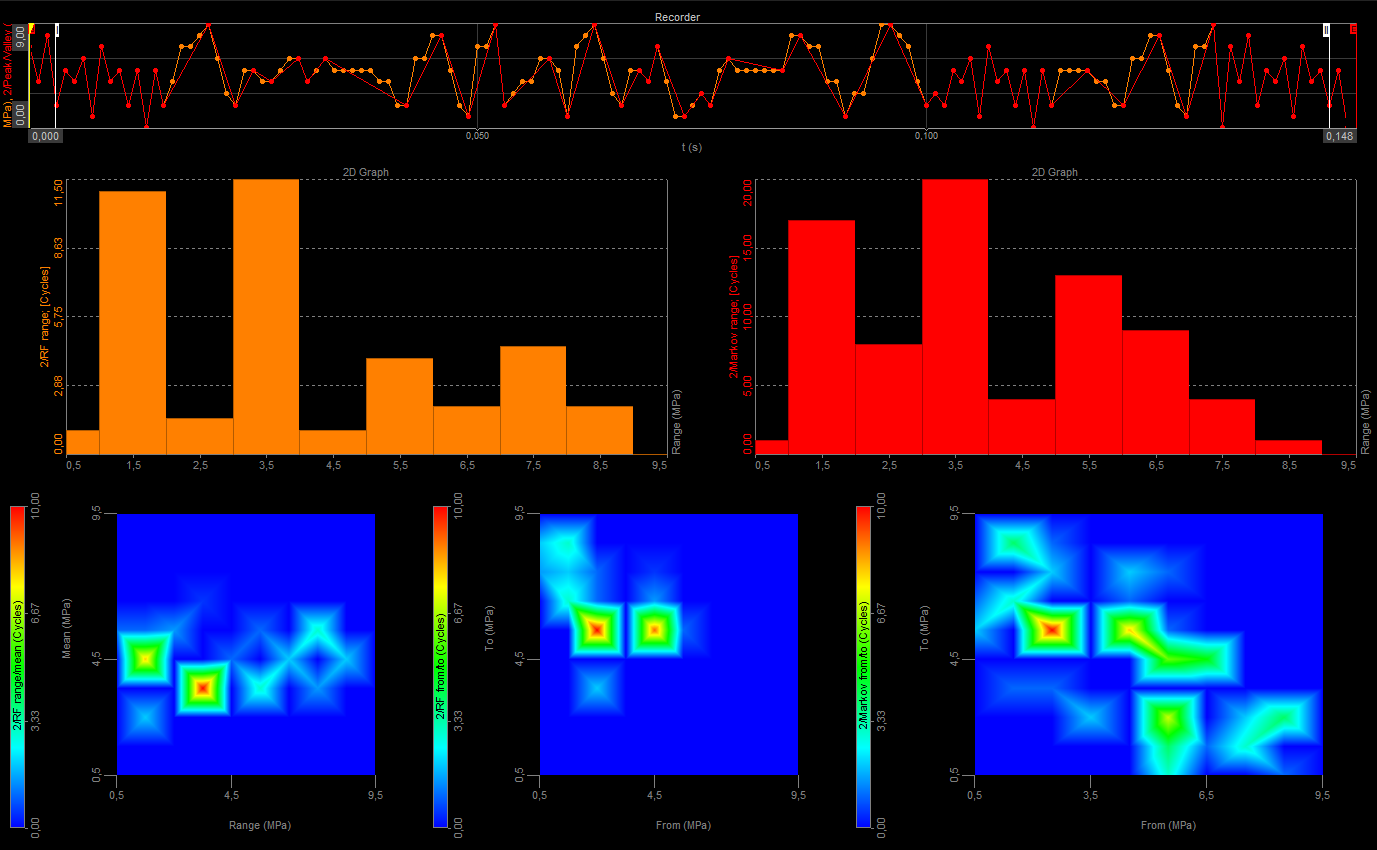Before going into the fatigue analysis details, let us consider the following example. Say we wanted to break a metal rod that is not too thick. How would we tackle the task? In a brute-force way like the guy in the picture below or some other way? Well, if we asked a fatigue analysis expert he would probably suggest us to repeatedly bend both ends of the rod slightly upwards and downwards. And he would be right. The rod would break. Maybe not immediately, maybe not after one hundred repetitions, maybe not after one thousand repetitions, but eventually it would break.
 Image 1: Breaking a metal rod
Image 1: Breaking a metal rodHow to explain this phenomenon? Let us first describe the physics behind bending the rod. As depicted in the image below, bending induces the stress (σ) in the cross-section of the rod. Bending the rod upwards induces the positive stress, i.e., compression at the top and tension at the bottom of the cross-section (a), whereas bending the rod downwards causes the negative stress, i.e., tension at the top and compression at the bottom of the cross-section (b). When the rod is in the equilibrium position no stress is induced (c).
 Image 2: Positive stress - compression at the bottom and tension at the top Image 2: Positive stress - compression at the bottom and tension at the top
|  Image 3: Negative stress - tension at the bottom and compression at Image 3: Negative stress - tension at the bottom and compression atthe top
|  Image 4: No stress-induced - equilibrium position Image 4: No stress-induced - equilibrium position
|
When bending is repeatedly applied for a sufficient period of time microscopic cracks are initiated in the cross-section of the rod. As the bending continues these tiny cracks are propagated until they grow to a point where the rod breaks. This phenomenon is called crack propagation.
As depicted in the figure below, cracks can propagate in three modes depending on the relative orientation of the load.
| Tension | Shear | Torsion |
 Image 5: Tension Image 5: Tension
|  Image 6: Shear Image 6: Shear
|  Image 7: Torsion Image 7: Torsion
|
You probably don't care much about the broken rod from the example above, right? Well, what if the same rod was a part of a more complex and bigger structure, such as a bridge, an airplane or a train, and its fracture could cause a severe accident with people involved? Clearly, crack propagation poses serious problems of both design and analysis in many fields of engineering, especially in civil engineering where safety is of paramount importance. What makes crack propagation even more problematic is that is is very hard to explicitly detect and measure. Therefore, fatigue analysis engineers typically use implicit statistical and predictive tools described in the following chapters.
 Image 8: Demolished bridge
Image 8: Demolished bridge














